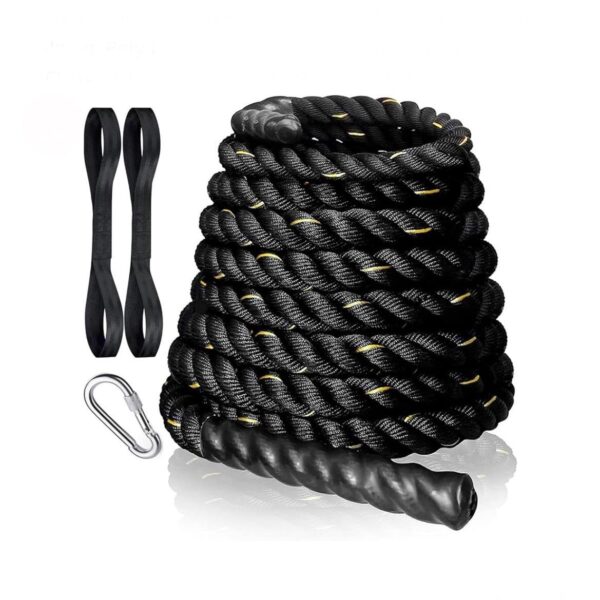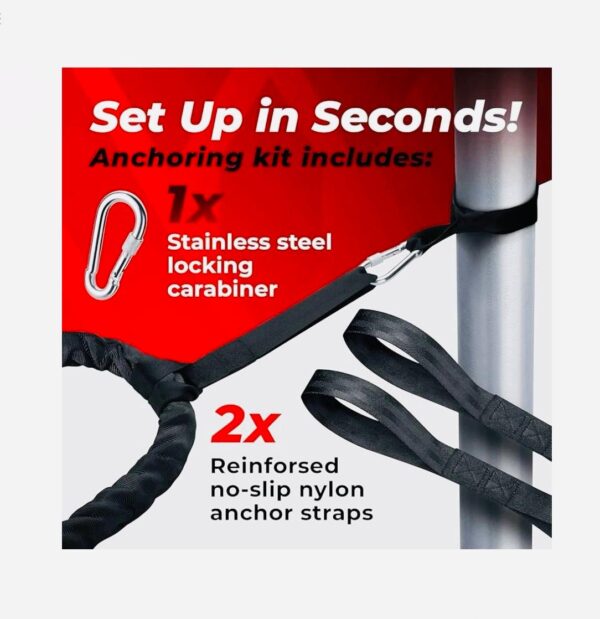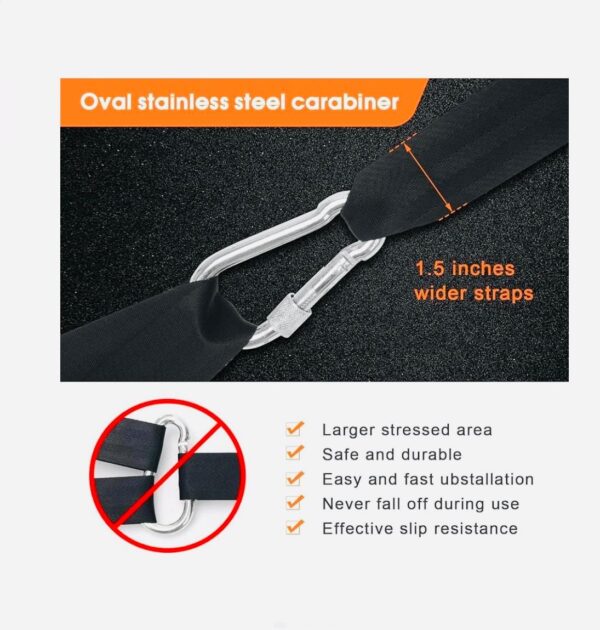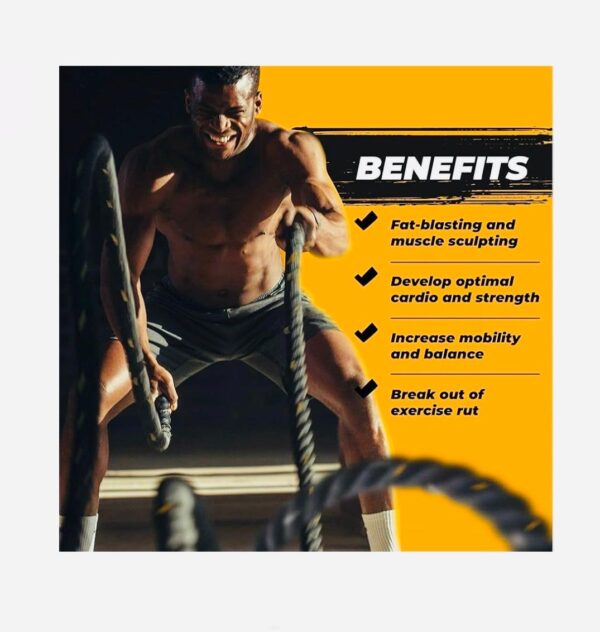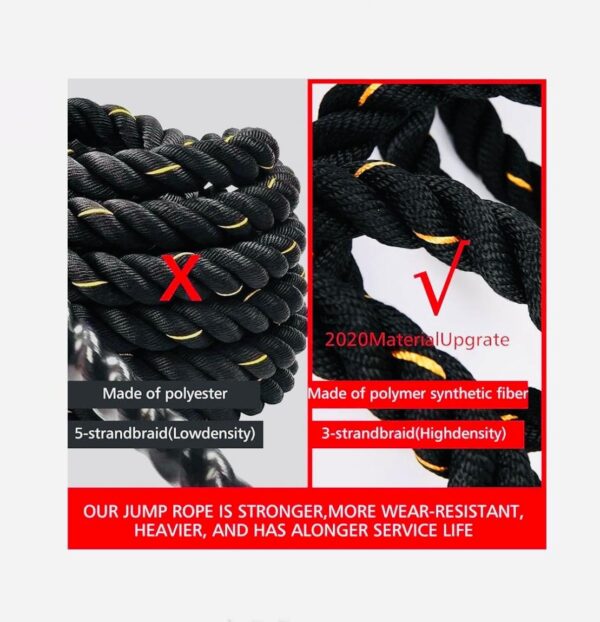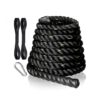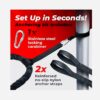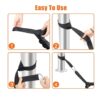Using battle ropes in the gym is an excellent way to build core strength while also improving endurance, coordination, and overall functional fitness. Here’s a detailed breakdown of how battle ropes can target and improve core strength, along with a few exercises you can try:
Thank you for reading this post, don't forget to subscribe!
Why Battle Ropes for Core Strength?
Battle ropes engage multiple muscle groups at once, especially when performing dynamic movements. While the ropes are primarily used for upper body and cardiovascular training, the core plays a crucial role in stabilizing the body during all of these movements. When you use battle ropes, you’ll have to engage your abdominals, obliques, and lower back muscles to maintain good posture and control during the waves.
Key Muscles Worked:
- Abdominals (front of the core)
- Obliques (side muscles)
- Lower back muscles (erector spinae)
- Hip flexors
- Glutes
How to Use Battle Ropes for Core Strength:
- Basic Waves:
- How to do it: Hold the ends of the ropes in each hand, with your feet shoulder-width apart, knees slightly bent, and core engaged. Alternately raise and lower each arm to create waves in the rope.
- Core activation: Engaging your core is key to controlling the movement, keeping your hips steady, and preventing excessive movement in the torso.
- Side-to-Side Waves:
- How to do it: With both hands holding the ropes, create side-to-side waves by moving the ropes horizontally.
- Core activation: This movement engages the obliques, helping you develop lateral core strength as you resist the rotational forces.
- Slams:
- How to do it: Hold the ropes with both hands and lift them overhead, then slam them down to the ground with force. As you perform the slam, squat down slightly and engage your core for power.
- Core activation: This exercise engages your entire core as you brace for the slam and control the ropes’ rebound.
- Alternating Waves with Squats:
- How to do it: Perform alternating waves while simultaneously executing squats. Drop into a squat position with each wave, keeping your back straight and chest up.
- Core activation: This combination of movement challenges your core stability and strength, as your core helps support you through both the wave motion and the squat.
- Lateral Waves:
- How to do it: Stand sideways to the ropes and hold one end in each hand. Move both arms in a lateral direction, making waves that travel horizontally across your body.
- Core activation: Your obliques and stabilizing muscles work hard to maintain control as you twist and shift your torso while executing the waves.
- Double Waves:
- How to do it: Hold both ropes and create simultaneous waves with both arms moving up and down together. This requires more coordination and stability.
- Core activation: This challenges the entire core to stabilize your body and helps build overall core endurance.
Tips for Effective Core Engagement:
- Keep your core tight throughout all movements to avoid unnecessary strain on your lower back.
- Focus on breathing; don’t hold your breath. Inhale during the relaxation phase, and exhale when exerting force.
- Use control over speed. A slower, controlled movement will engage the core more effectively than quick, jerky movements.
- To increase core challenge, add rotational movements or combine with other exercises (like lunges, squats, or planks).
Benefits of Using Battle Ropes for Core Strength:
- Full-body engagement: The ropes require stabilization from your entire body, which leads to greater engagement of your core muscles.
- Low-impact: Battle ropes are easier on the joints than high-impact exercises like running, making them ideal for low-impact core training.
- Versatility: You can modify the exercises to challenge the core in various ways, ensuring that your workouts never get boring.
By incorporating battle ropes into your routine, you’ll not only build a stronger core but also improve your cardiovascular fitness and upper body strength. It’s a great tool for people of all fitness levels!
